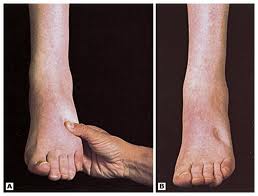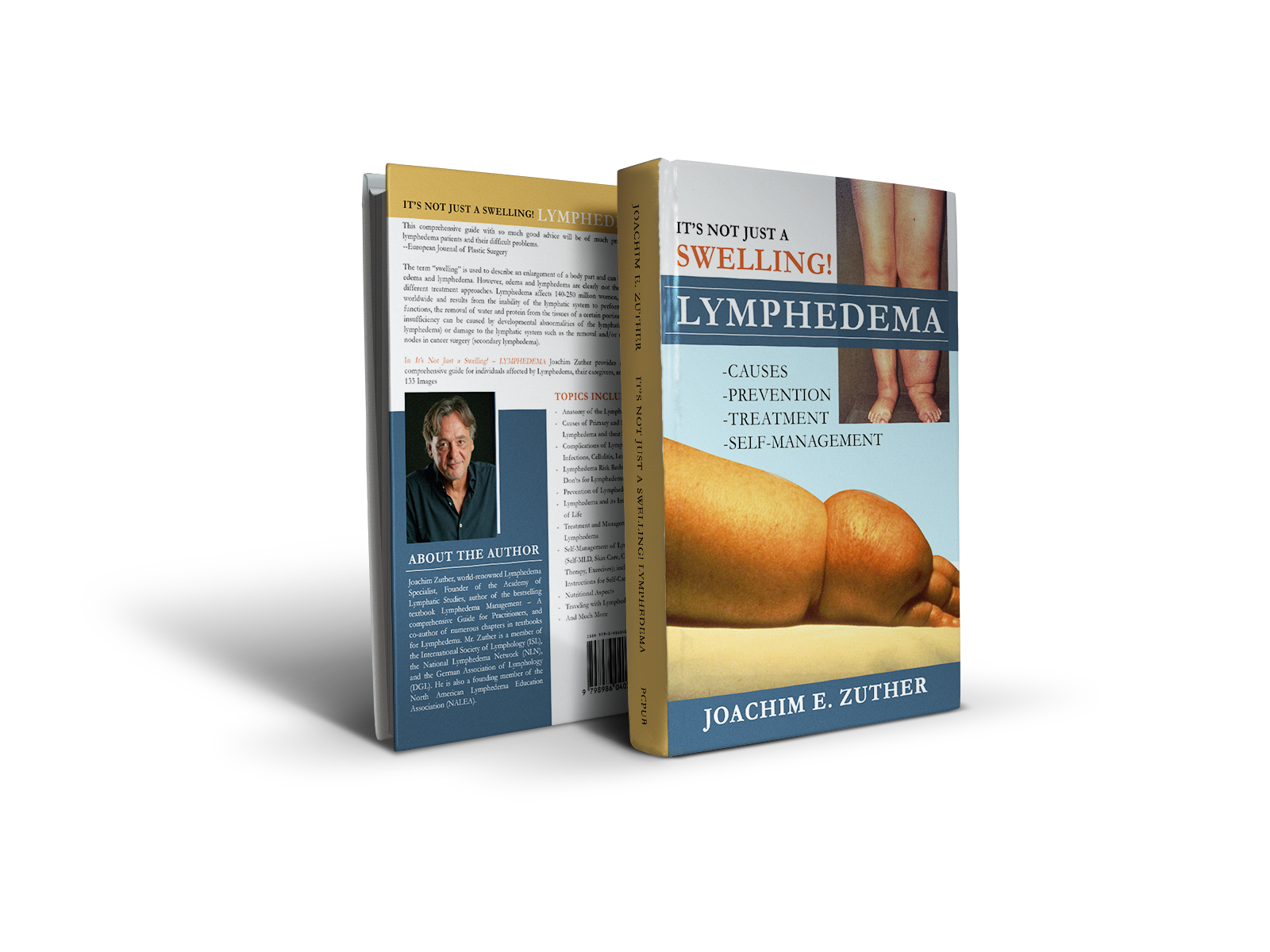The 2020 International Society of Lymphology (ISL) Consensus Document is the latest revision of the 1995 Document for the evaluation and management of peripheral lymphedema, and contains a description of a staging system to identify the progression, or severity, of this disease. The conditions described in these stages only refer to the physical condition of the upper and lower extremities and is based on details about the amount of swelling and the condition of the skin and tissues at each stage, i.e. the softness and firmness of tissues.
A more detailed and inclusive classification needs to be formulated in accordance with improved understanding of the pathogenic mechanisms of lymphedema (e.g., nature and degree of the damage to the lymphatic system, disturbances in lymph flow, and nodal dysfunction as defined by anatomic features and physiologic imaging and testing) and underlying genetic disturbances, which are gradually being interpreted.
ISL Staging of Lymphedema
Stage 0 – This describes a subclinical state where swelling is not evident despite impairments in lymph transport. This stage may exist for months or years before edema becomes evident. Studies have shown that patients’ self-reported symptoms are very accurate indicators of early lymphedema. Subclinical lymphedema can be detected using methods such as bioimpedance and perometry. Treatment intervention in this early and easily manageable stage has been shown to result in very good treatment outcomes and may prevent the development of further stages of lymphedema.
Stage 1 – This stage represents the early onset of the condition with a visible accumulation of protein-rich tissue fluid, which subsides with elevation of the affected limb. The swelling may be pitting at this stage of lymphedema; pitting is induced by pressing with the thumb, and the indentation produced by this pressure is retained for some time. While an increase in fibrous connective tissue may be present, this early stage is considered reversible because the skin and tissues have not yet been permanently damaged. Very good treatment outcomes can be expected with proper management, i.e. Complete Decongestive Therapy (CDT).

A: Pitting induces with thumb. B. Visible pitting
Stage 2 – Typical for this stage is an increase in swelling, which does not subside with elevation. Pitting is initially evident; however, over time the tissue continues to harden secondary to further tissue proliferation, and pitting becomes more difficult to induce. With appropriate treatment and management (as well as good patient compliance), the lymphedema can be dramatically improved in most cases.
Stage 3 – The tissue in this stage becomes harder (more fibrotic) and pitting is absent. A further increase in size of the lymphedema is possible, leading sometimes to extreme proportions. In addition to the thickening of the tissues, other skin changes, such as thickening, hyper-pigmentation, increased (deepened) skin folds, fat deposits and warty overgrowths are present. Reduction can still be expected if treatment starts in this stage. In most cases the duration of the intensive phase of complete decongestive therapy has to be extended and repeated several times. In extreme cases the surgical removal of excess skin following the conservative therapy may be indicated.
Here is a link to the The 2020 International Society of Lymphology (ISL) Consensus Document:
file:///C:/Users/Owner/AppData/Local/Temp/23775-46697-1-PB.pdf
Dear Lymphedema Blog Reader – if you like the contents on this website, please help to keep it going. A great amount of work and research is necessary to provide you with up-to-date information on this site. Your donation supports these efforts and associated administrative costs. Surplus funds will be donated to Lymphedema/Lipedema-related charitable endeavors. Please donate using the “Donate Now” button on the right upper hand of this page – Thank You!
Join Lymphedema Guru, a Facebook page solely dedicated to inform about all things related to lymphedema – news, support groups, treatment centers, and much more




 Joachim Zuther, Lymphedema Specialist.
Joachim Zuther, Lymphedema Specialist. 
